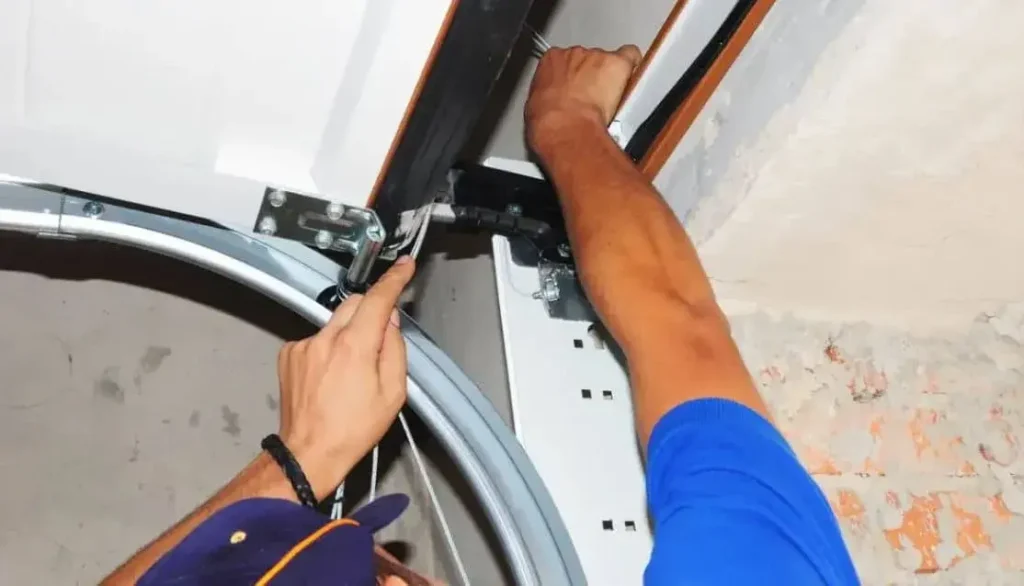The intricacies involved in the replacement of a garage door spring can often be overlooked, yet their understanding is of paramount importance for ensuring the longevity and smooth operation of your garage door system. These robust, tightly wound devices bear the full weight of the door, and their failure can lead to inconvenient malfunctions or, in worst-case scenarios, potential accidents.
This discourse aims to illuminate the key processes and considerations in garage door spring replacement, offering practical insights that can assist both homeowners and repair professionals in identifying spring-related issues, understanding the replacement process, and ensuring optimal performance. As we proceed, you will uncover the importance of this often underestimated component and the critical role it plays in your garage door’s operation.
Identifying Garage Door Spring Issues
Recognizing potential problems with your garage door springs is an essential first step towards implementing effective repair solutions. Springs, being the primary driving force in the operation of your garage door, are prone to wear and tear over time. Early detection of spring-related issues can prevent more significant, costly problems later on.
Key identifiers include an unusually heavy garage door, erratic or straining movement, or a loud, sudden noise indicating a spring breakage. Additionally, visual inspections can reveal gaps in the spring coil, rust, or corrosion. Adroit homeowners will also notice an imbalance in the door’s operation, indicating potential spring issues.
Understanding these signs fosters a sense of belonging and empowerment, allowing you to contribute effectively to home maintenance.
Process of Spring Replacement
Having identified potential issues with garage door springs, the subsequent logical step is to comprehend the process of spring replacement, a critical component of effective garage door maintenance.
The replacement process typically involves three primary steps:
1. The first step is to disconnect the garage door opener and secure the door in place. This ensures safety during the replacement process.
2. Next, the old, damaged spring is carefully removed and replaced with a new one. It’s crucial to ensure the new spring is of the correct size and strength.
3. Finally, the door is carefully balanced and tested to ensure the new spring is functioning correctly.
This process, while seemingly straightforward, demands precision and expertise – making it a task best left to trained professionals.

